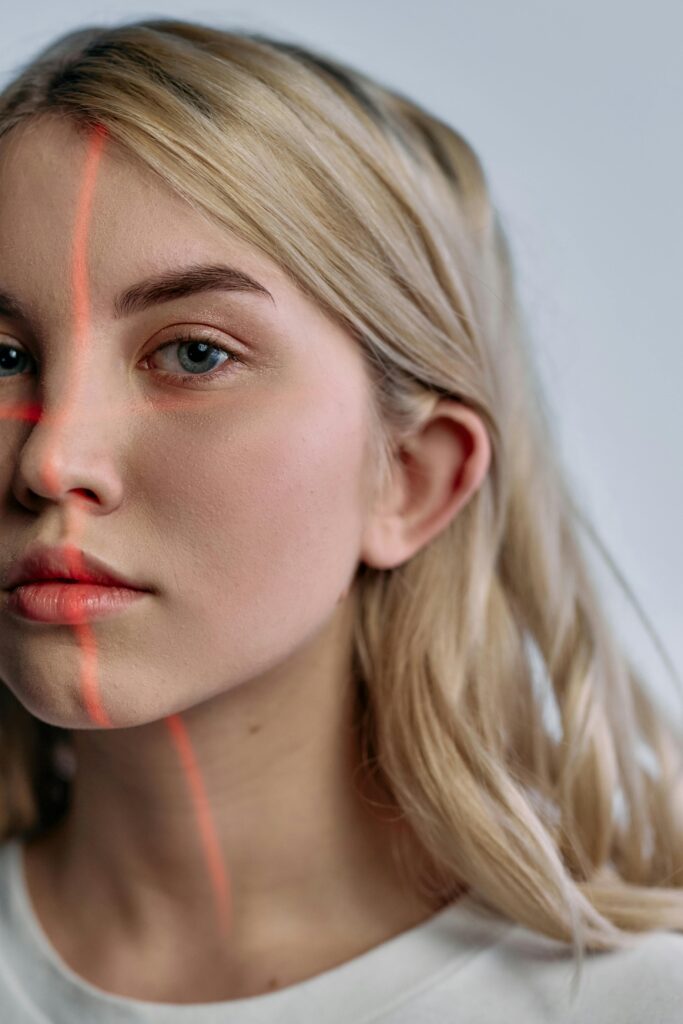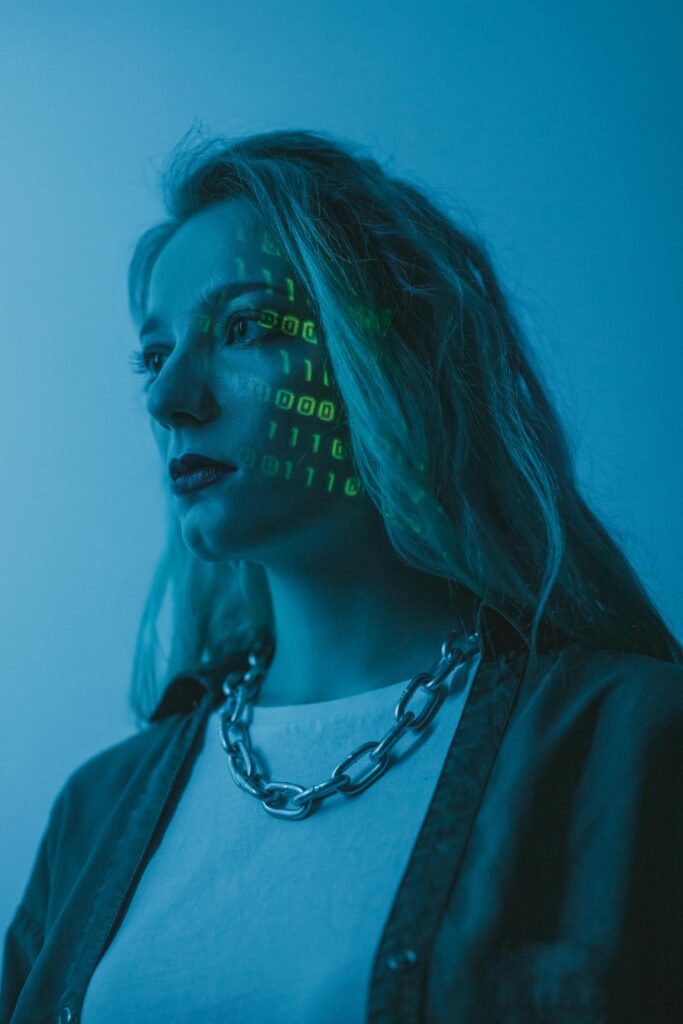Love our content? Show your support by following us — pretty please!🥺
FOLLOW ON PINTEREST
Hi! I’m Kate, the face behind KateFi.com—a blog all about making life easier and more affordable.
When most people think of Etsy, they picture handcrafted jewelry, personalized art, or vintage collectibles. But you don’t necessarily need to be a master crafter to make serious money on the platform—especially if you harness the power of Artificial Intelligence (AI). In just 30 days, I used AI tools to research trends, optimize listings, and automate some of the more tedious tasks, netting me a cool $1,200. Below, I’ll walk you through the exact steps and tools I used to make it happen.
Table of Contents
- Why AI and Etsy Are a Perfect Match
- Step 1: Finding a Profitable Niche with AI
- Step 2: AI-Assisted Product Creation (Even If You’re Not Artsy)
- Step 3: Crafting Irresistible Listings with AI
- Step 4: AI-Optimized Marketing and SEO
- Managing Fulfillment and Customer Service
- Results, Lessons Learned, and Next Steps
- Conclusion
Extended FAQ
1. Why AI and Etsy Are a Perfect Match
Etsy’s Global Marketplace
With millions of active buyers searching for unique or personalized products, Etsy offers an enormous customer base. However, competition can be fierce—especially in popular categories.
How AI Gives You an Edge
Whether you’re an artist or just someone looking to test an e-commerce side hustle, AI can help by:
- Identifying trending products before they oversaturate the market.
- Generating eye-catching listings that target the right keywords and audience.
- Automating repetitive tasks, allowing you to scale faster than manual methods.
Internal Link: If you’re new to AI in online retail, see How I Used AI to Start a Dropshipping Business With Zero Experience! for parallel strategies that also apply to Etsy.
2. Step 1: Finding a Profitable Niche with AI
Tapping Into Trend Analytics
Tools like eRank, Marmalead, or Everbee can analyze popular Etsy searches, revealing high-demand, low-competition niches. These platforms use AI or machine learning to spot keyword trends—like “custom pet portrait” or “boho wedding decor.”
Pro Tip: Look for a product or design style with steady demand (or recent upticks) but fewer established listings. That sweet spot helps you stand out quickly.
Using General AI Tools for Niche Brainstorming
Additionally, you can use text-based AI platforms (like ChatGPT) to brainstorm related product ideas. Type something like:
“Suggest unique Etsy product ideas for the boho wedding niche”
You’ll get prompts that spark creativity, even if you’re not an expert in that category.
3. Step 2: AI-Assisted Product Creation (Even If You’re Not Artsy)
Digital vs. Physical Products
- Digital: Think print-on-demand art, custom invitations, or planner templates.
- Physical: You can partner with a print-on-demand service (e.g., Printful or Gooten) to produce items like T-shirts, mugs, or tote bags using your AI-generated designs.
AI-Powered Design Tools
Even if you’re design-challenged, AI-driven platforms like Midjourney, DALL·E, or Stable Diffusion can produce unique graphics. Combine them with a user-friendly editor (like Canva) to finalize the product.
Example: I used Midjourney to create whimsical watercolor backgrounds for wedding invitations, then refined them in Canva. Minimal design skills required—just an eye for color and style.
External Link: Printful integrates with Etsy, automatically syncing listings and handling shipping, so you never touch the inventory.
4. Step 3: Crafting Irresistible Listings with AI
Keyword-Focused Titles and Descriptions
AI-based Etsy SEO tools (like Marmalead or Sale Samurai) highlight high-traffic keywords for your niche. ChatGPT or similar can then help you form engaging product titles and descriptions featuring those keywords.
💡 Follow KateFi.com on Pinterest for:
- Frugal living hacks
- Budget-friendly meal ideas
- Creative side hustle tips
- DIY tricks that save you money
Pro Tip: Don’t stuff keywords. Keep descriptions human-friendly and highlight unique selling points (e.g., “Hand-drawn floral design using custom AI art, perfect for boho-themed weddings.”).
Using AI to Generate FAQ and Policy Sections
Shoppers often have questions about shipping times, materials, or customization options. Use AI to quickly draft a comprehensive FAQ, ensuring you sound professional and well-prepared.
5. Step 4: AI-Optimized Marketing and SEO
Social Media Automation
You can use AI scheduling tools (like Buffer or Hootsuite with AI enhancements) to auto-generate social media captions from your product listings. Regularly post your items on platforms like Instagram, Pinterest, or TikTok, focusing on keywords that match your Etsy store.
Etsy Ads and Offsite Ads
Etsy’s internal ad platform uses machine learning to show your listings to relevant buyers. By carefully choosing which products to promote and letting AI handle the targeting, you maximize your ad spend.
Pro Tip: Tweak your daily ad budget based on performance metrics. Look for a consistent positive return on ad spend (ROAS) before scaling.
Internal Link: If you’re seeking more marketing firepower, read Side Hustles That Work in 2025: The Best Ways to Earn an Extra $2,000 a Month. Many of the promotion techniques there translate well to Etsy.
6. Managing Fulfillment and Customer Service
Print-On-Demand Partner
For physical goods (mugs, T-shirts, etc.), I used Printful. When a sale came in, the order automatically routed to Printful, which then shipped the item, updating the tracking info in Etsy.
Customer Messages
I set up an AI chatbot or auto-responder for common inquiries—like sizing or shipping times. This left me free to personally address only the more unique questions or custom requests.
7. Results, Lessons Learned, and Next Steps
The $1,200 Milestone
Within my first 30 days, I sold around 40 items (a mix of print-on-demand T-shirts and digital invitations). The average profit margin per sale was around $15–$30, adding up to roughly $1,200 after Etsy fees and ad costs.
Key Takeaways
- Niche Depth: Don’t go too broad. Choose something you can target effectively.
- Continuous Tweaking: Use AI analytics weekly to see which listings underperform, then adjust keywords, pricing, or designs.
- Customer Reviews: Promptly ask buyers for feedback. Positive reviews boost your search ranking on Etsy.
Scaling Up
Encouraged by these results, I plan to:
- Expand into similar boho-themed items (like table numbers, seating charts).
- Refine my social media targeting using AI-based lookalike audiences.
- Possibly open a second Etsy store for a different niche, reusing the same AI-driven methods.
8. Conclusion
Bringing AI into your Etsy game doesn’t require you to be a tech wizard or a gifted designer. By combining AI-powered research, design, listing optimization, and marketing, you can quickly test new product ideas and fine-tune your sales approach. If you’re seeking a profitable side hustle or looking to scale an existing Etsy shop, leveraging AI could be your ticket to hitting—and surpassing—those monthly revenue goals.
Extended FAQ
Q: Do I need expensive AI tools to get started?
A: Not really. Many offer free tiers or free trials. You can also use partial features, like free AI art generators or basic SEO suggestions, then upgrade if you see steady sales.
Q: What about copyright for AI-generated images?
A: The legal status can be murky. Always check usage rights for the AI tool you’re using. In general, many platforms allow commercial use, but it’s best to review each platform’s terms.
Q: Can AI help me price my Etsy items?
A: Yes! Tools like Everbee or Marmalead can analyze competitor pricing. You can then factor in material costs, shipping, and your desired margin.
Q: How do I handle shipping for physical items?
A: With print-on-demand, the supplier manages shipping directly. For other products, you can use Etsy’s built-in shipping calculator or third-party shipping apps.
Q: Are there any risks in letting AI handle so much?
A: You can rely heavily on AI for research and automation, but keep a human eye on final listings, brand messaging, and customer service—automation isn’t perfect.
Q: How do I handle taxes on my earnings?
A: Track profits and expenses carefully. Consult a tax professional for details, especially if you exceed certain thresholds set by your state or country.
By aligning the right mix of AI-driven tools, creative product selection, and strategic marketing, you can turn Etsy into a consistent revenue stream—even if you start with zero e-commerce experience. Give it a try, and you might soon be sharing your own “AI success story” with others!





















